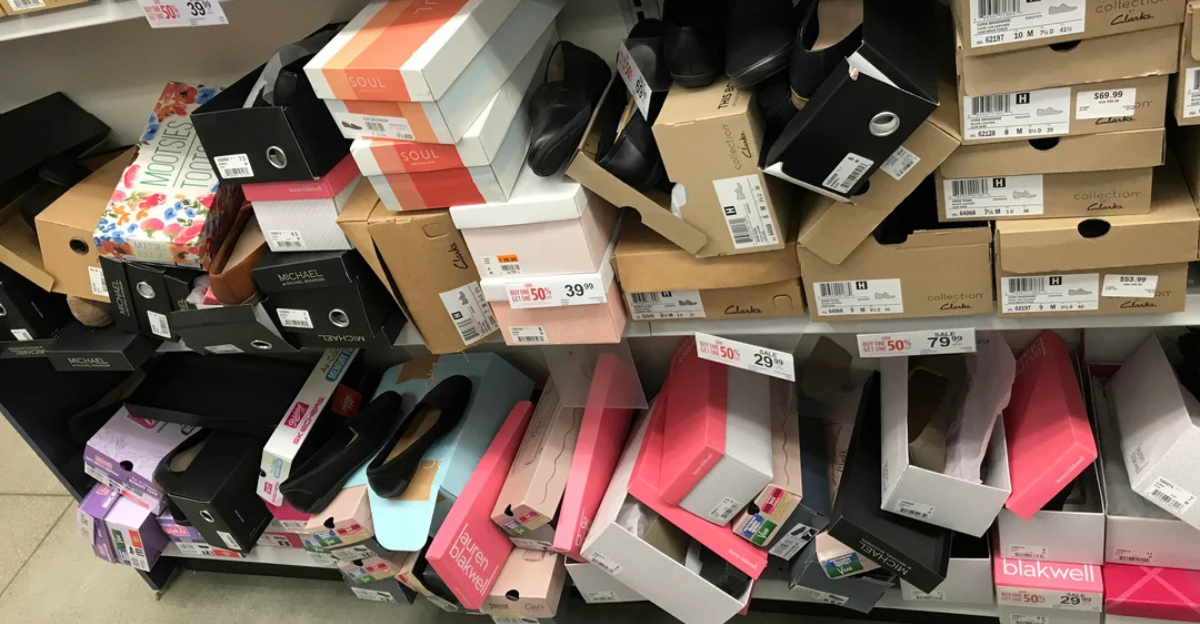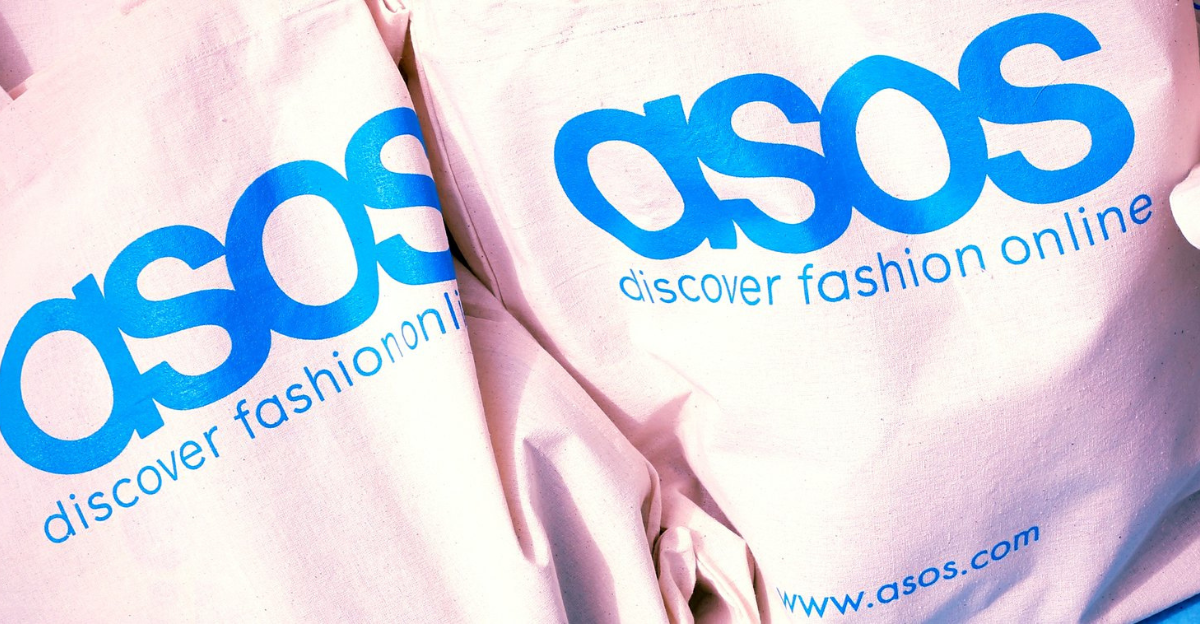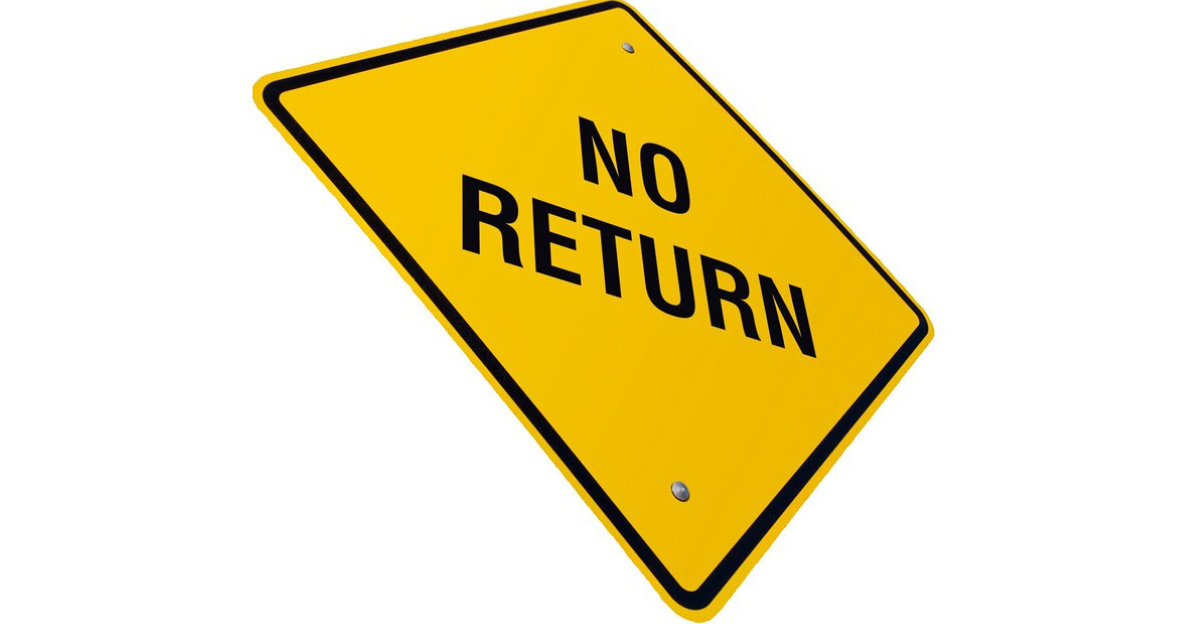
For some time now, the return process has been one of the amazing perks of shopping, whether online or in-store. Over time, retailers made the process smoother, encouraging customer trust and giving them some peace of mind. But lately, some shoppers are starting to notice something odd. Their returns are being blocked, and their accounts are being locked. At first, it seemed subtle, almost like a glitch in the system, but now it has become a pattern across different stores. It is concerning, and shoppers feel their safety net is now uncertain. Something is changing the way retailers are viewing returns, and the big question is, “What could be going on?”
Customers Are Left Confused

“I went to make a return and realized I could not access my account properly,” a shopper shared online. She also stated that she had received no warning, no explanation, and there was no option to appeal. The ban, she said, had impacted her mental health, leaving her feeling humiliated and betrayed. Then came the emails: another shopper said she received one confirming her account had been banned, citing the store’s terms and conditions after a review of her activity. Customers were fuming. They took to social media to vent and try to figure out what was going on. What they thought was a glitch was increasingly becoming a reality.
Retailers Are Drawing the Line

So what is going on? Retailers are no longer tolerating what they call excessive/serial returns, where customers frequently return items they have purchased, which often exceeds what is considered normal or acceptable return behaviour. These customers who are making frequent or large volume returns are being flagged and even banned in some cases. Many companies are deliberately tightening their return policies and taking action against customers they see as repeat offenders. The once helpful, customer-friendly feature is now seen as a threat to business, and for those who are caught in the center, the results can be quite bad.
Why Returns Are Costing Retailers More Than You Think

Returns create a financial burden for retailers. What many shoppers do not realize is how expensive these returns can be. Every time an item is sent back, the company has to pay for the shipping, inspect the product, repackage it, or, if it is damaged, they have to throw it out. The costs pile up quickly, especially in the fashion industry, where people purchase items to wear only once, or just to take pictures for social media, and have no intentions of keeping any. Retailers say they have been patient, absorbing the losses in the name of customer satisfaction. However, now, with rising costs, they are no longer willing to foot the bill.
You Might Already Be Flagged

Currently, many retailers are quietly monitoring customer behavior. They’re using AI-driven tools and return tracking systems to build customer profiles based on shopping patterns. If they detect too many returns or a high return-to-purchase ratio, your account can be flagged, often without any warning. Some retailers also use a “return score,” a rating based on how often you return items, whether they’re worn, or if returns are made late. This score helps determine whether your future returns will be accepted or denied. Most customers have no idea they’re being watched until it’s too late.
Who Is Most at Risk

You do not have to be abusing or scamming the system to get flagged. You could be the shopper who frequently orders multiple sizes, colors, or styles, just to try on, and this is seen as high risk, especially if you are returning more than you keep. Even simply returning items in a short span or sending them back slightly worn can be suspicious. It does not matter if you are someone who has trouble finding the right size of clothes, so you keep searching for the size that fits, or returning shoes you bought for your kid that don’t fit; it raises the same alarm to the system. In the end, it is not the person but the pattern that is the problem.
The Retailers That Are Taking Action

Some of the big brands are already making bold moves. Major retailers like ASOS, Amazon, Zara, and REI have begun flagging and, in some cases, banning shoppers for serial returns. Some issue warnings; others shut down accounts without notice. Companies like H&M and Zara now charge customers for returns, while brands like Gap, Old Navy, Macy’s, and Kohl’s have shortened their return windows. These are structured, intentional strategies. And though retailers may not say it outright, the message is clear: if your returns are costing them money, even years of loyalty won’t protect you.
What This Means for Shoppers

For seasoned shoppers, this approach changes a lot. That freedom to try on something and return, which gave them some peace of mind and improved their shopping experience, is now a risky situation. People will now begin to think twice about certain purchases, having to leave behind that second color or size, so they do not get flagged. These shoppers will now become cautious and uncertain. For some, it may feel like a punishment for being careful in trying to get the right fit, and for some, it may serve as a wake-up call. Either way, there is a shift happening, and shoppers are realizing that returns come with consequences.
How To Avoid a Ban

So, how can you protect yourself? Closely read return policies and pay close attention to details. Avoid frequent returns, especially from the same account. If you have to return an item, make sure the packaging and tags are intact. When you need to order multiple items, space out your purchases. If you feel you have been unfairly flagged, contact their customer service, and some retailers just might review your case and reverse the ban if they find you are not in the wrong. The important thing is to be cautious as you go about your purchases.
The New Reality of Retail

The return counter is no longer a place of convenience, as we have come to realise. In trying to protect profits, retailers are changing the rules, and shoppers are feeling the pressure as they realise that returns now come with a consequence. Whether you agree or not, hassle-free returns might just be coming to an end.